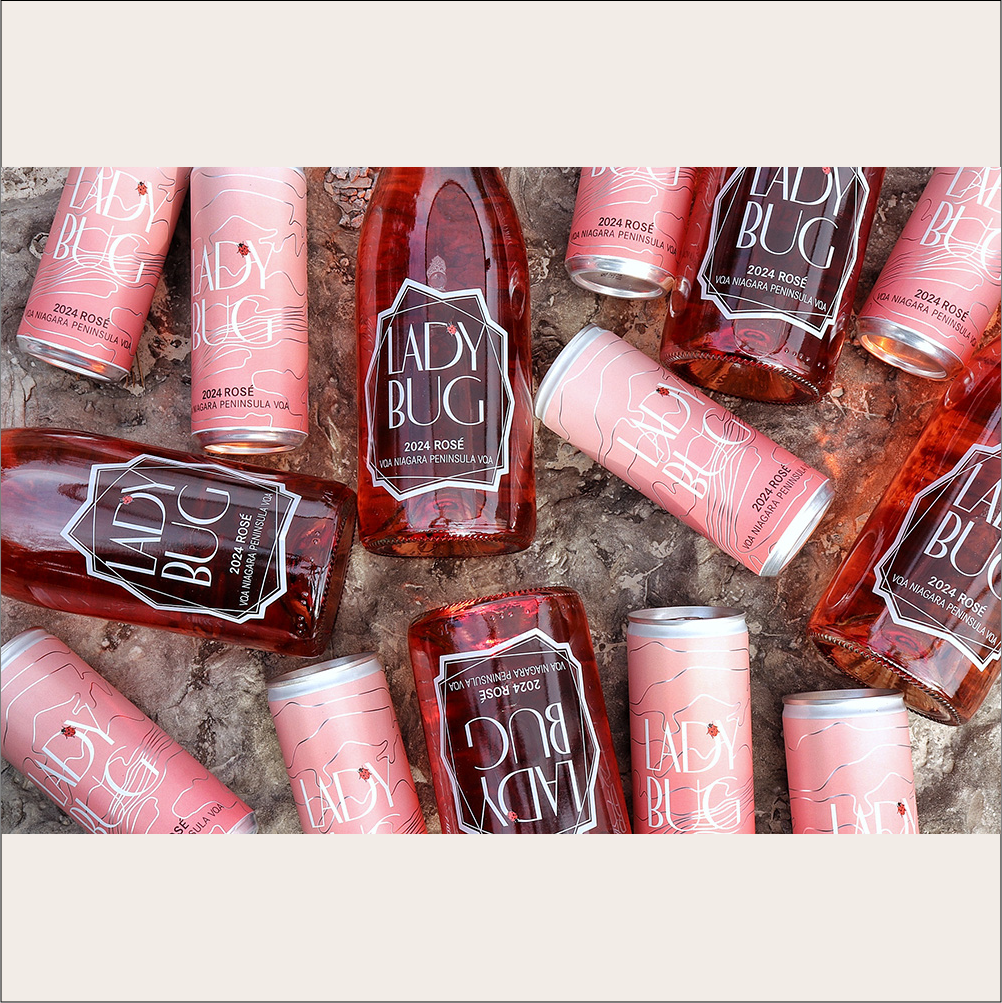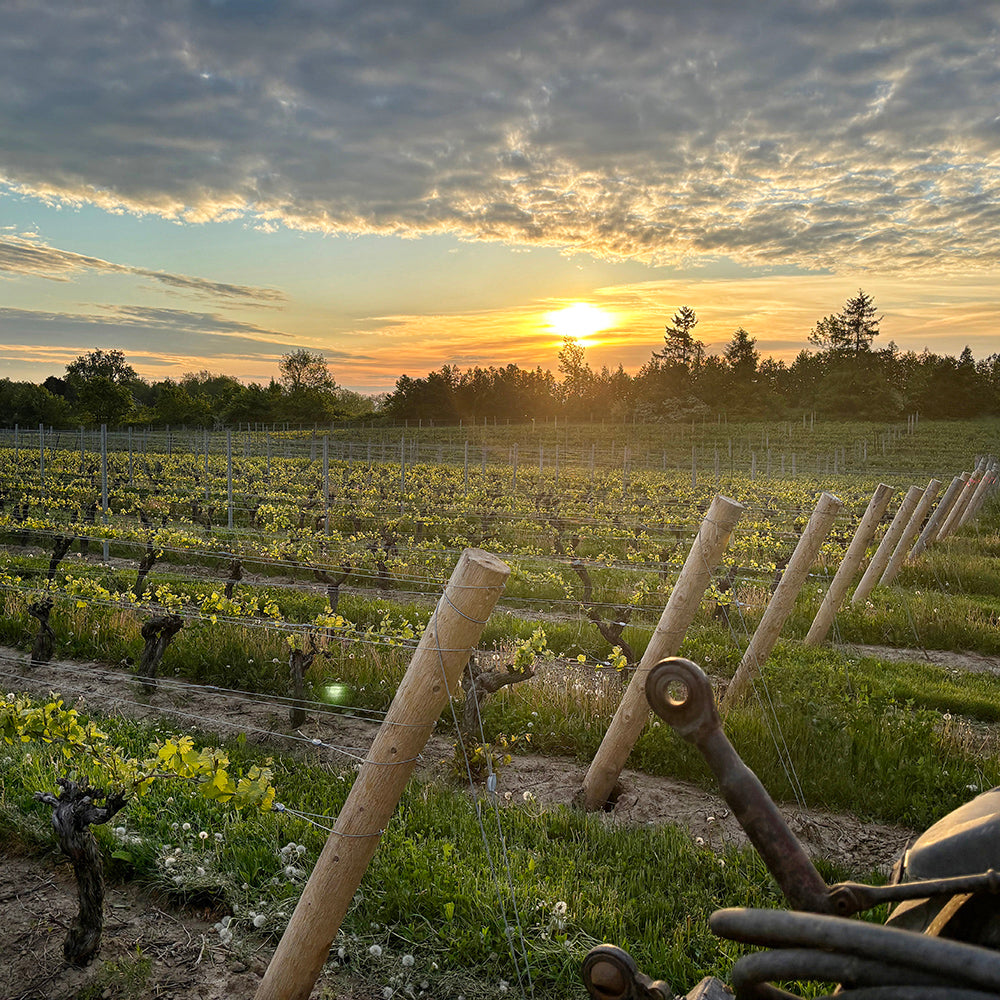You Know our Demo Wines... Here’s a Look at our Demo Blocks
When it comes to understanding the needs of our vineyards, the longer we’ve farmed (closing in on 30 years now), the more we’ve learned. However, it’s still an ever-evolving task.
Steve Kornic, Malivoire Wine’s Assistant Vineyard Manager, provided details on recent research and trials, focused on identifying and mitigating sources of stress on grape vines. While certain stresses can benefit (dry periods that force roots deeper into the ground, for example), others can cause longer-term issues that shorten the lives of vines.
(Side note: local grape growers are still unsure what exactly the life expectancy of vinifera vines in Niagara should be. We can safely assume 50 years but due to the recency of vinifera planting here, the sample size of vines older than that is small.)

Better than words, the pictures above (before and after, left and right) testify to the results. They were taken in one of our experimental blocks, where microbial additions to the soil and foliage are under study. Now commercially produced, they replicate microbes naturally found in local soil. They help to break down soil components, making previously unreachable nutrients available to the vines. Results to date indicate improved vine vigour, accelerated ripening and fuller grape clusters.
Another experiment tests the effectiveness of an application that reduces the effects of both extreme rain and drought on vines. This enables vines to manage their water content, moderating intake from drenched soil, and retaining water in times of drought, alleviating vine stress from both extremes. Results suggest benefits are passed on to the fruit. At harvest last fall, sugar content in grapes from treated vines measured a full Brix degree higher than expected, an encouraging indicator of flavour ripeness. As well, grapes from treated red varieties appeared to yield superior colour extraction.
This might seem comparatively routine; cover crops between vineyard rows are continually in flux, as we look for the best plantings to retain soil moisture and keep nuisance weeds at bay. Currently, test seedings of clover, fescue, peas and wildflowers have shown promise in blocking the spread of dandelion and pigweed between rows.
In the interest of raising the profile and reputation of Ontario winemaking, outcomes from all the above are shared with Ontario Craft Wineries and other local wine industry umbrella groups, plus interested Ontario grape growers.
Catching up on the day-to-day work in the vineyards, that lovely March we enjoyed made the vines happy, too. Chardonnay, gamay and melon came back to life a little ahead of normal, although inconsistent conditions in April and May slowed the head start. On the other hand, the pinot cousins, gris and noir, have been a little slower.
Shoot thinning has started on all varieties.
Finally, replanting is underway, with newly grafted chardonnay vines going into the soil in one vineyard, and cabernet franc, gamay and pinot gris being planted in three.
It will be a few years until this next generation of vines gives us grapes for the bottle, but we’re confident their first harvest will manifest the benefits of the innovative viticulture we’re pursuing today.





